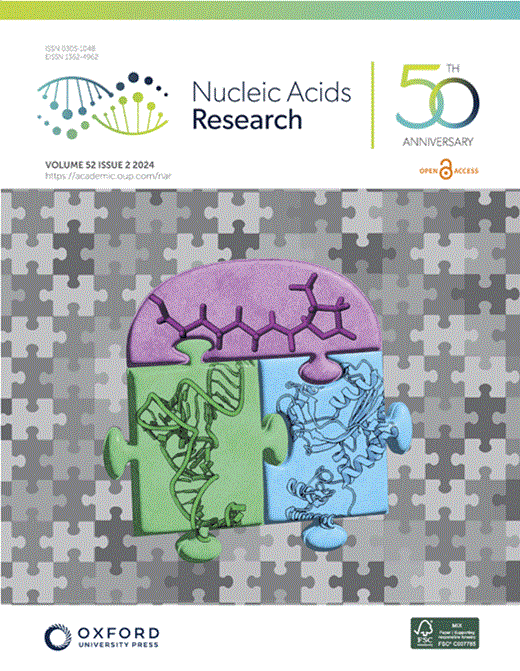Oxidative stress at telomeres triggers internal DNA loops, TRF1 dissociation, and TRF2-dependent R-loops
IF 16.6
2区 生物学
Q1 BIOCHEMISTRY & MOLECULAR BIOLOGY
引用次数: 0
Abstract
Telomeres are the nucleoprotein structures at chromosome ends. Telomeres are particularly sensitive to oxidative stress, which can induce telomere damage, shortening, and premature cellular senescence. How oxidative damage influences telomere structure has not been defined. Here, we induce oxidative damage at telomeres using menadione, which damages mitochondria mimicking intrinsic oxidative stress. We find that oxidative stress induces at telomeres single-stranded DNA breaks, internal DNA loop structures, dissociation of the shelterin component TRF1, upregulation of TERRA long noncoding RNA, and increased DNA:RNA hybrid structures known as R-loops. R-loop formation is enhanced not only in cis at telomeres, which show increased TERRA transcription, but also in trans at telomeres at which TERRA transcription is not induced indicating post-transcriptional R-loop formation. Finally, we show that oxidative damage induced R-loop formation requires TRF2, whose R-loop promoting activity may be unleashed upon TRF1 dissociation from telomeres. Altogether, our findings uncover in response to oxidative stress major remodelling of telomeric DNA, RNA, and shelterin complexes, and they unravel a physiological role of TRF2’s ability to stimulate TERRA R-loop formation. We propose that the identified structural changes may facilitate DNA damage signalling and repair pathways to maintain telomere integrity during development and aging.求助全文
约1分钟内获得全文
求助全文
来源期刊

Nucleic Acids Research
生物-生化与分子生物学
CiteScore
27.10
自引率
4.70%
发文量
1057
审稿时长
2 months
期刊介绍:
Nucleic Acids Research (NAR) is a scientific journal that publishes research on various aspects of nucleic acids and proteins involved in nucleic acid metabolism and interactions. It covers areas such as chemistry and synthetic biology, computational biology, gene regulation, chromatin and epigenetics, genome integrity, repair and replication, genomics, molecular biology, nucleic acid enzymes, RNA, and structural biology. The journal also includes a Survey and Summary section for brief reviews. Additionally, each year, the first issue is dedicated to biological databases, and an issue in July focuses on web-based software resources for the biological community. Nucleic Acids Research is indexed by several services including Abstracts on Hygiene and Communicable Diseases, Animal Breeding Abstracts, Agricultural Engineering Abstracts, Agbiotech News and Information, BIOSIS Previews, CAB Abstracts, and EMBASE.
 求助内容:
求助内容: 应助结果提醒方式:
应助结果提醒方式:


